After the Storm: The Story of "November Rain"
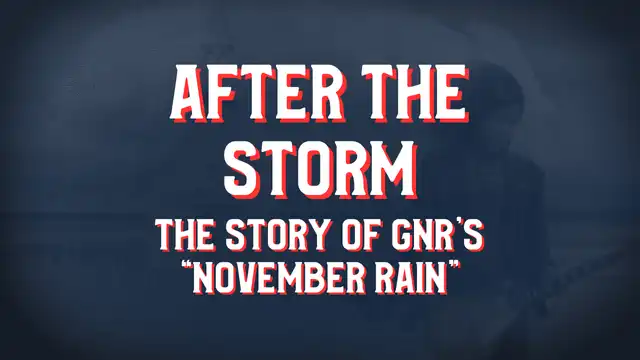

Few songs in rock history can claim the grandeur, drama, and emotional punch of Guns N' Roses' “November Rain.”
One part power ballad, one part orchestral epic, and 1000% rock guitar masterclass, November Rain embodies all the talent, excess, and attitude that made Guns N' Roses legendary.
To fully understand how this nine-minute saga came to life, you have to rewind to the chaos, charisma, and leather-clad brilliance that was Guns N’ Roses in their prime.
From the Jungle to the Stage
Guns N’ Roses formed in 1985 on the sunbaked streets of Los Angeles. The original lineup—Axl Rose, Slash, Duff McKagan, Izzy Stradlin, and Steven Adler were five misfits from rival LA bands who joined forces to become a creative combustion chamber.
Their 1987 debut, Appetite for Destruction, wasn’t just a hit—it detonated. With tracks like “Welcome to the Jungle,” “Paradise City,” and “Sweet Child O’ Mine,” Guns N' Roses injected danger back into rock and sold over 30 million copies worldwide. Guns N’ Roses swiftly became the most feared and adored band on the planet—swaggering through fame with whiskey breath and eyeliner.
By the early ‘90s, though, the band wanted to prove they were more than sleaze-rock hooligans. They were artists. Enter: Use Your Illusion I and II.
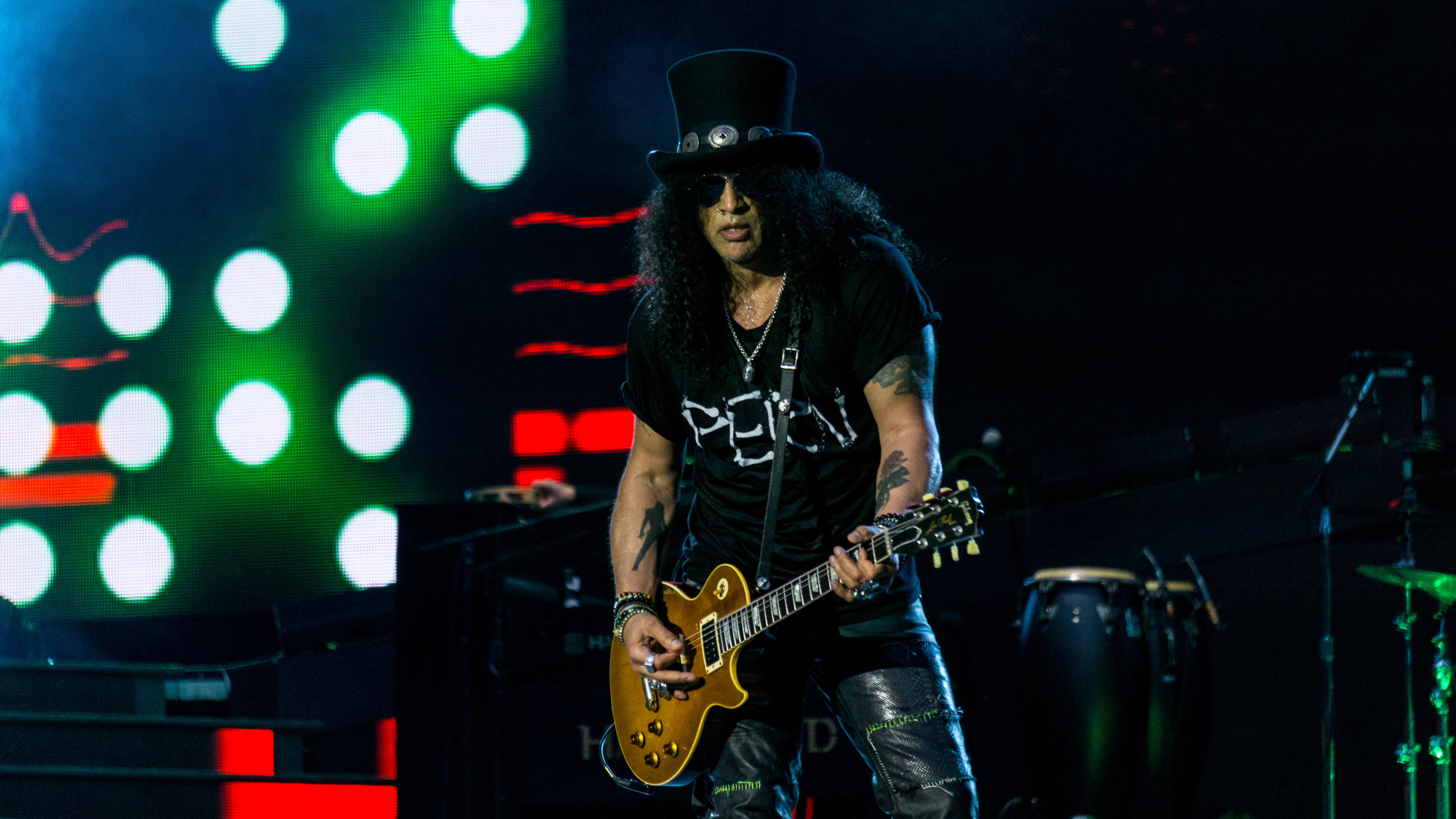
The Illusion Era: Bigger, Louder, Longer
Released in September 1991, Use Your Illusion I and II were sprawling dual double albums that captured every possible shade of the band’s ambition—from punk snarls to piano ballads to epic orchestral rock. And “November Rain” stood tall as the centerpiece of that vision.
Axl Rose had been tinkering with the song since the mid-’80s. Early bootlegs and piano demos reveal a skeletal version that already carried the seeds of the final masterpiece—a meditation on love, loss, and loneliness. Axl was obsessed with the idea of merging hard rock with symphonic grandeur, something closer to Queen or Elton John than to the ratty rock of the Sunset Strip.
Recording the Rain: Gear, Grit, and Genius
When the band finally recorded “November Rain” at A&M Studios in Los Angeles, they threw everything at it.
The song’s nine-minute runtime required orchestral arrangements, a grand piano, and walls of Les Paul-driven Marshalls.
Personnel Highlights:
Axl Rose: Lead vocals, piano, and emotional meltdown coordinator
Slash: Lead guitar, responsible for 90% of your goosebumps
Duff McKagan: Bass guitar and occasional peacemaker
Matt Sorum: Drums, replacing Steven Adler mid-recording
Dizzy Reed: Keyboards, helping cement the band’s new symphonic texture
A full orchestral ensemble, arranged by Axl and Michael Kamen (yep, the same guy who worked with Pink Floyd and Metallica)
The Gear That Made It Sing
Slash’s guitar work on “November Rain” is the stuff of legend, and much of its magic comes from his impeccable tone.
His go-to was the 1959 Gibson Les Paul Standard replica built by Kris Derrig and equipped with Seymour Duncan Alnico II pickups plugged into a Marshall Silver Jubilee head (model 2555) through a 4x12 cab. The result? Pure, molten sustain.
Slash has always said that tone lives in the fingers, so the effects layered on top were scant —mostly a touch of delay and reverb for atmosphere.
Matched with the rest of the band, Slash brought the cadenza to a symphony of analog perfection.
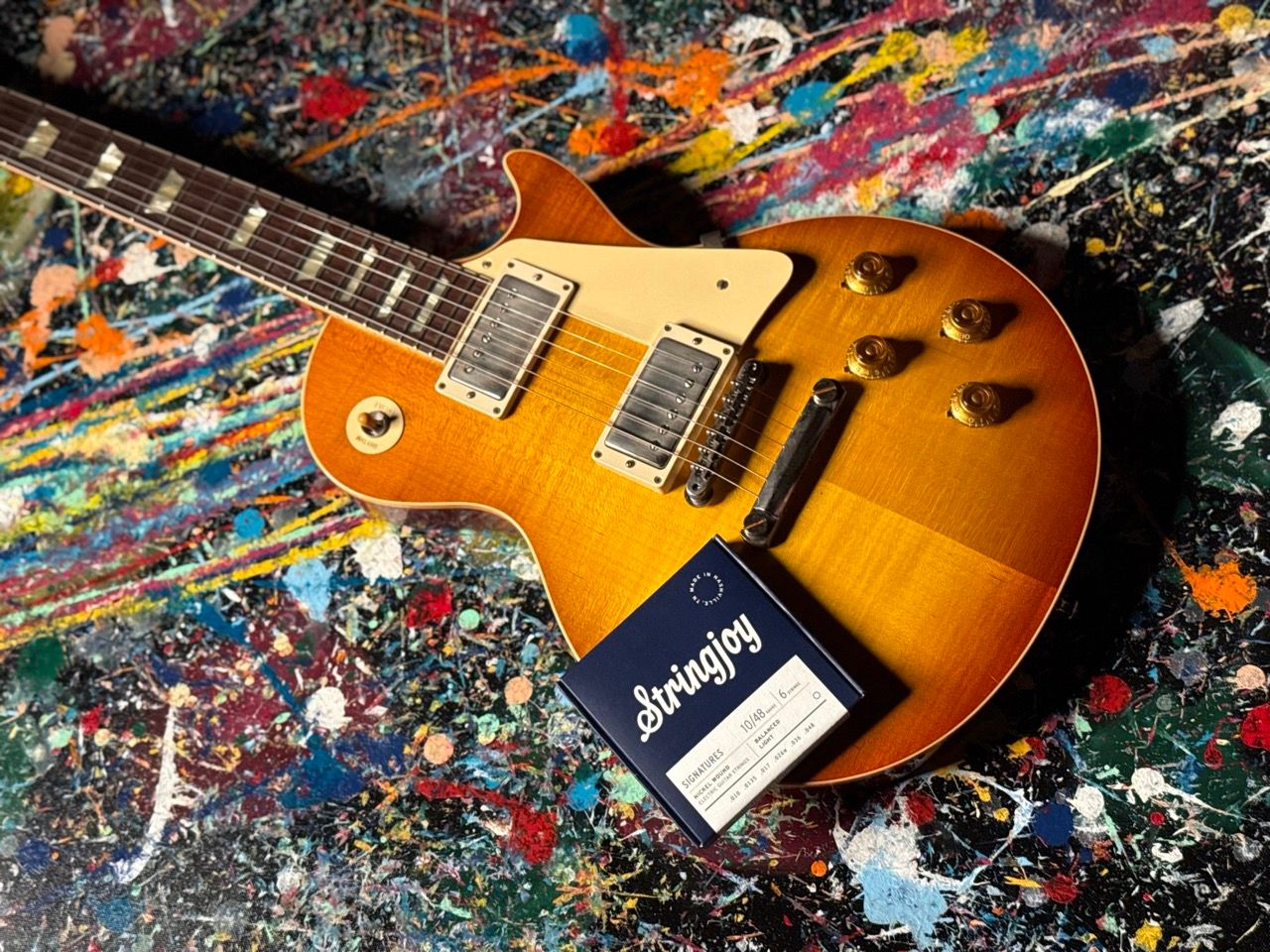
Slash’s Solo: A Lesson in Melody Over Speed
Let’s talk about that solo. Actually, let's talk about all three of them.
Slash’s trio of solos in “November Rain” are less about shredding and more about storytelling. The first solo is lyrical and restrained, but Slash adds his trademark Mixolydian inflections for a yearning quality with a touch of Baroque flair.
The second solo arrives as the tune swells into full cinematic mode. This one’s a miniature climax—more fluid, with longer melodic runs and expressive bends that soar above the orchestration. Slash’s tone is pure velvet sustain, giving it that rich, vocal-like cry that defines his sound. He plays with phrasing that feels almost vocal—leaving space between notes, milking vibrato, and resolving tension in a way that mirrors Axl’s performance.
The final solo (performed in the rain-soaked churchyard scene of the video) is a masterclass in emotional crescendo, building from lyrical bends to a soaring sustain that feels like the soundtrack to heartbreak itself. Played over the song's majestic coda, Slash becomes the storm. His phrasing gets freer, the melody ascends, and the emphasis on the second degree of the scale creates a tragic tension that echoes into eternity.
Taken all in all, these three cadenzas are a perfect encapsulation of how Slash, despite being one of the world’s most iconic shredders, always serves the song first.
The Video: Rain, Roses, and Ridiculous Budgets
When “November Rain” debuted on MTV in 1992, jaws hit the floor.
Directed by Andy Morahan and based on a short story by Del James (“Without You”), the video was a cinematic fever dream that reportedly cost over $1.5 million—making it one of the most expensive ever made at the time.
The plot? Hoo boy.
We find a self-medicating Axl in a dimly lit bedroom before the footage shifts to the actual band in concert with a full orchestra and audience donned in black tie.
The scene elides from the concert footage to that of a wedding ceremony in which Axl, dressed as some manner of dandy pirate vampire, marries model Stephanie Seymour (his real-life girlfriend). Slash, apparently overwhelmed with emotion or simply unable to behave himself, emerges from the church in requisite chaps and, assuming a limbo-level power stance, performs an iconic solo in the desert.
After about two minutes of marital bliss for Rose and Seymour, tragedy strikes. Following a storm soaked reception in which the congregants scramble for cover, we find the bride has died for reasons that are left unexplained, and the wedding train gives way to a funeral procession. Yeah, it’s melodrama at its finest, and MTV viewers could not get enough of it.
(Fun fact: The video trilogy—“Don’t Cry,” “November Rain,” and “Estranged”—formed a kind of Guns N’ Roses cinematic universe long before Marvel made it cool.)

Cultural Impact and Legacy
“November Rain” was a bold gamble that paid off. It reached No. 3 on the Billboard Hot 100 and has since become one of the defining anthems of the 1990s. Even at 9-minutes it still gets radio play on classic rock stations all over the world, the video has over 2 billion views on YouTube, and it remains a staple at GNR concerts—usually accompanied by pyrotechnics and Axl’s still-impressive piano chops.
Culturally, “November Rain” showed that heavy metal and heartfelt emotion weren’t mutually exclusive. It inspired countless bands—from Evanescence to My Chemical Romance—to embrace orchestration, grand themes, and unapologetic vulnerability.
It also cemented Guns N’ Roses’ legacy as more than a flash-in-the-pan rock outfit. They proved they could evolve from streetwise chaos into something almost—dare we say it—beautiful.
Nothin' lasts forever. But, “November Rain” might come close.
Slash-Style
The best Stringjoy gear to pair with a Les Paul and a top hat.

Stringjoy 9-42 Balanced Super Light Gauge Orbiters - Coated Nickel Electric Guitar Strings

Stringjoy 10-48 Balanced Light Gauge Signatures - Nickel Wound Electric Guitar Strings

Stringjoy 9-46 Husky Super Light Gauge Orbiters - Coated Nickel Electric Guitar Strings
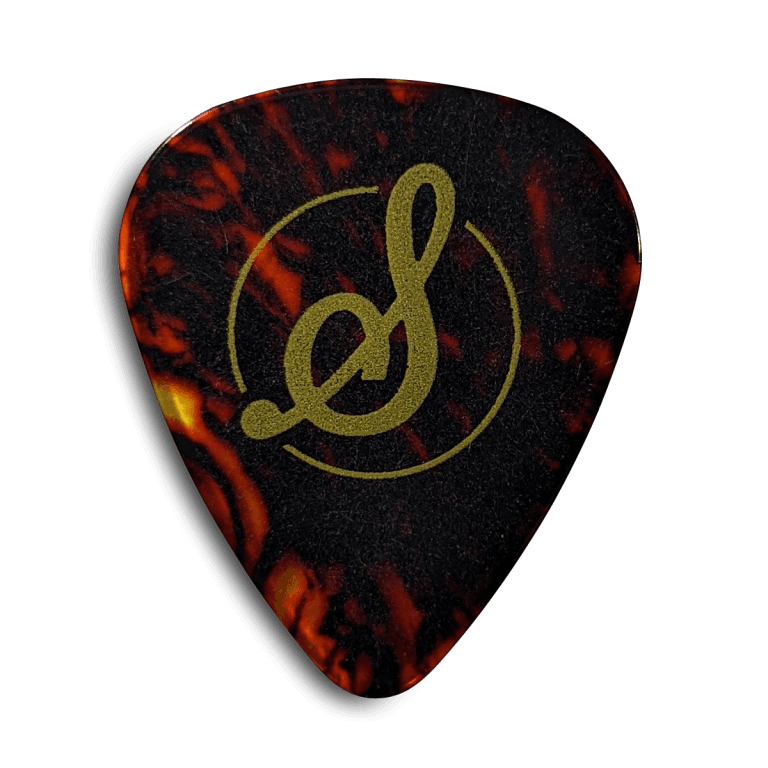
Stringjoy Heavy 1.0mm Tortoise Celluloid Picks - 10 Pack

Stringjoy .88mm Key Lime Classic Picks - 10 pack
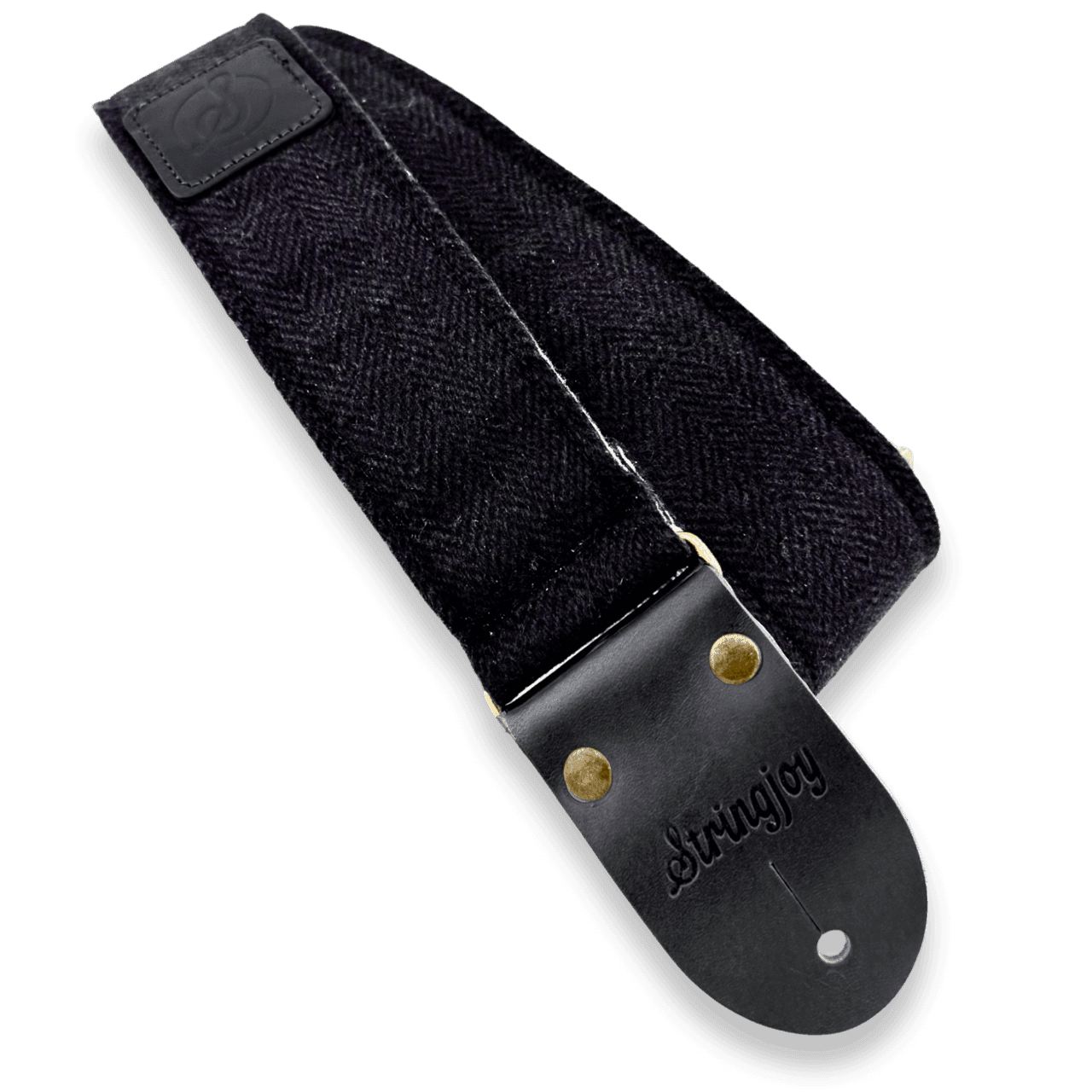
Stringjoy Midnight Tweed Guitar Strap
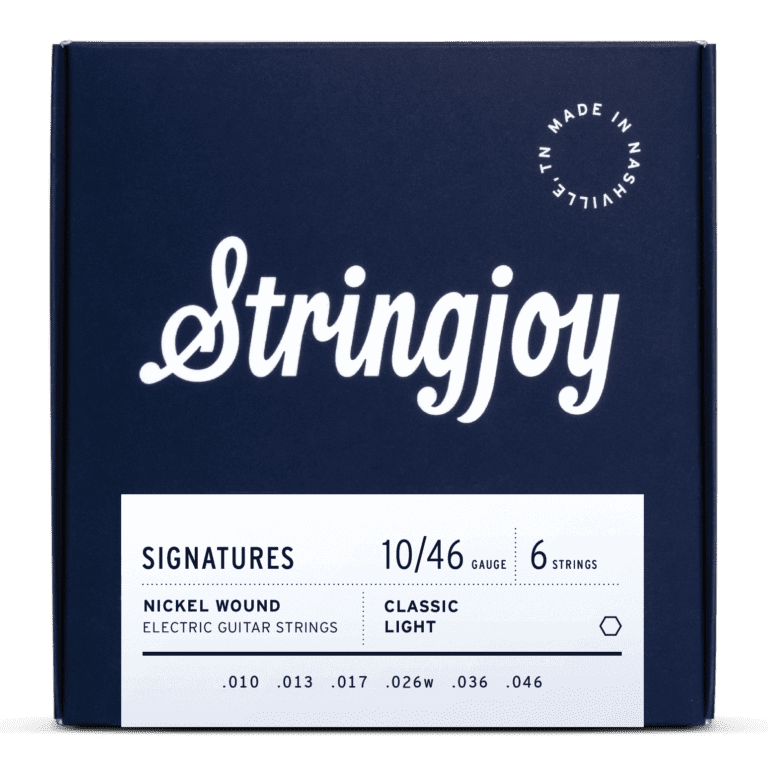
Stringjoy 10-46 Classic Light Gauge Signatures - Nickel Wound Electric Guitar Strings

Stringjoy 11-50 Balanced Medium Gauge Orbiters - Coated Nickel Electric Guitar Strings

Stringjoy 11-48 Classic Medium Gauge Broadways - Pure Nickel Electric Guitar Strings
Other Posts you may like
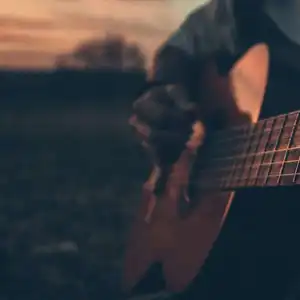
Guitar Strings Order: How the Guitar is Tuned and Why

Two Handed Tapping: Our Top 8 Tappers of All Time
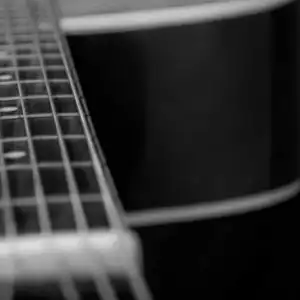
Which Guitar Strings Wear Your Fret Wire Down More?
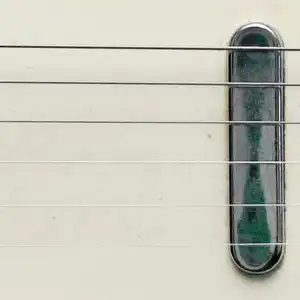
What is Nashville Tuning? Its History, Best Guitar Strings & Uses
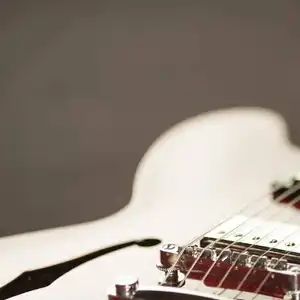
Guitar Scale Length Explained: String Tension & Playability

What Guitar Strings I Used To Play...
0 Responses
Leave a Reply
Your email address will not be published. Required fields are marked *

